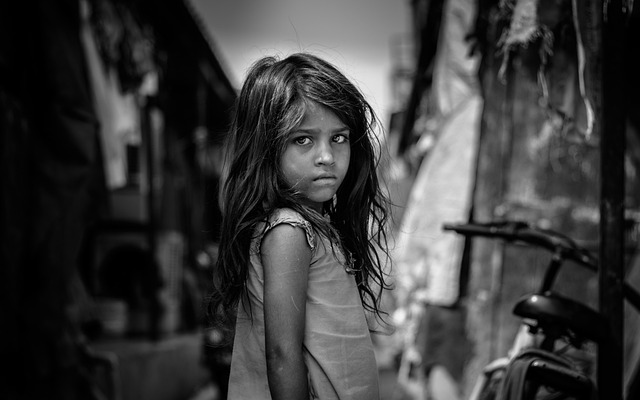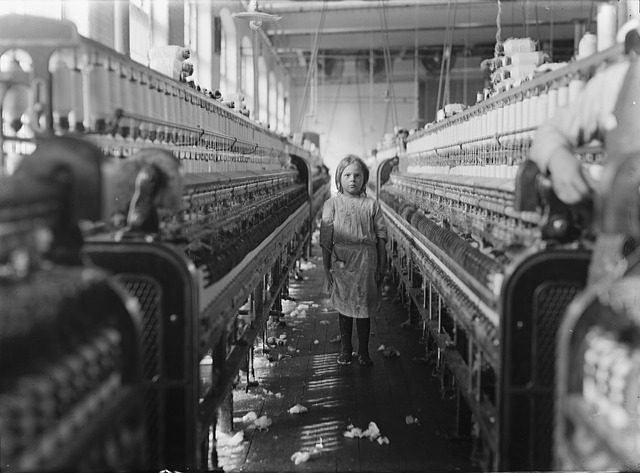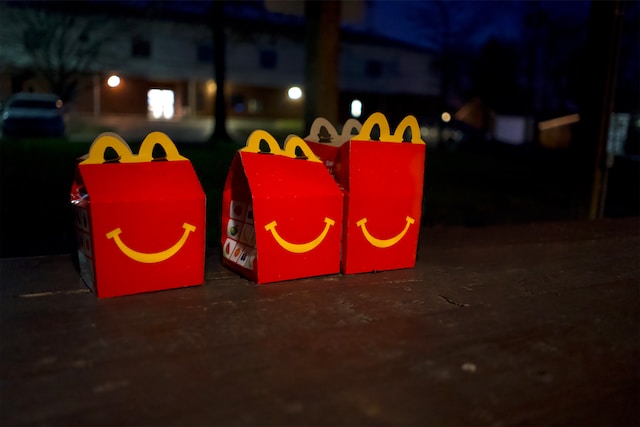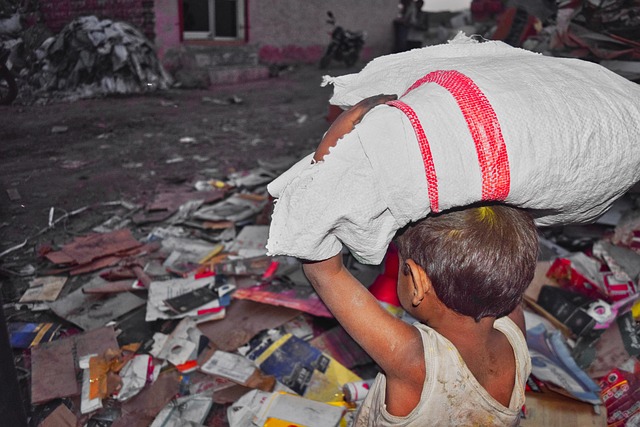Every one of us has come into contact with the term child labor at some point. Be it through social media posts around fast fashion or in German class with Oliver Twist and the pit children in the mines. While Dickens’ novel is a fictional – yet historically quite authentic – story, exploitative working conditions are a bitter reality for around 160 million girls and boys. On International Child Labor Day on June 12, we at Hope for the Future would like to remind you that the exploitation of minors is not a phenomenon of yesterday. On the contrary, child labor still exists today – both in developing and developed countries.

CHILD LABOR: A DEFINITIVE DILEMMA

Who hasn’t had this experience? Parents ask you to empty the dishwasher, mow the lawn or help hang the laundry and you jokingly fall back on the excuse of child labor. The principle of child labor is already in the name, but at the same time it leaves out critical factors: It is, in fact, the employment of minors – and in dangerous and exploitative situations that damage their mental and physical development. The children are simply degraded to laborers, forced to shovel until their hands are sore or to work the fields until their legs give way from exhaustion. There is hardly any talk of voluntarism here, as it is often the only way for them to secure the family’s livelihood.
As if working in quarries, mines and the like were not bad enough, children are also exposed to slavery and slave-like dependencies, child prostitution and child pornography, and forced labor including use as child soldiers, as well as activities that are hazardous to health and safety. Areas that have, not without reason, been declared by the United Nations as the worst forms of child labor.
In addition to the United Nations, the countries themselves are also working on nationally applicable laws to put a stop to the exploitation of children. In Austria, for example, child labor is prohibited as a matter of principle and compulsory schooling is enforced. The key word here is “in principle.” The legal situation approves individual cases, such as the involvement of children in musical performances or television recordings, but also working in family businesses, as legal – of course from a certain age and under appropriate conditions. And yet: the patchy regulation and implementation makes it possible for children to wait tables in their parents’ restaurant in addition to their school activities or to care for family members as so-called “young carers,” but they also have to do so for a wide variety of reasons. These are transgressions that, unfortunately, are not always detected.
TWO CASES OUT OF MANY
One thing is certain: child labor is a global problem. Even countries like the U.S., which boasts the most advanced technology and comprehensive legislation, have not been able to abolish it to date. The uncovering of an illegal nationwide operation illustrates this in particular. More than 300 cases of child labor have come to light at several branches of the world’s best-known fast-food chain. One case at a McDonald’s store in Louisville, Kentucky, is particularly frightening. Two children as young as 10 had been helping their parents work the night shift there, in some cases until 2:00 a.m.

Late last year, a case was also made public of a U.S. sanitation company that employed children for hazardous work in thirteen plants in eight states. More than 100 children were reportedly assigned to nighttime cleaning shifts at slaughterhouses and meat processing plants across the country. Most seriously, several children suffered chemical burns and other injuries while working with high-powered equipment. What was initially denied by the company in a press release was proven in the spring of 2023 and fined $1.5 million by the U.S. Department of Labor.
A RECORD OF IGNORANCE AGAINST CHILDREN’S RIGHTS

The numbers could not be more frightening: some 160 million girls and boys are victims of child labor, according to the ILO and UNICEF. Nearly half of them are at the mercy of particularly dangerous and exploitative conditions. The majority of them – around 70 percent – work in agriculture, for example on farms in Latin America, where long working hours are not uncommon and the children are also exposed to chemical pesticides. The average age is also shocking, with the two organizations currently estimating that more than half of the children affected are under the age of 12. In war and crisis zones in particular, many children have to work – self-organized, but also in the family unit.
This is one of the reasons why the African continent has the largest proportion of children in exploitative working conditions, at over 30 percent. Children who dig up raw materials for our cars, cosmetics and electronics in mines and quarries, pick cotton in fields for the fashion industry and harvest cocoa, coffee and the like for large food companies.
This raises the question: Why do children have to slave for world markets, exchange school for work and sometimes work night shifts for starvation wages for our luxury products? Learn more about child labor, the consequences thereof, and the political programs in the fight against the exploitation of girls and boys in part 2 of this article series!
Translated by Emily Schiffer
#ChildLabor #HumanTrafficking #ChildRights #ExploitativeLabor #InternationalChildLaborDay #AgainstHumanTrafficking #GegenMenschenHandel #EndExploitation #EndTrafficking #HopeForTheFuture #Austria
